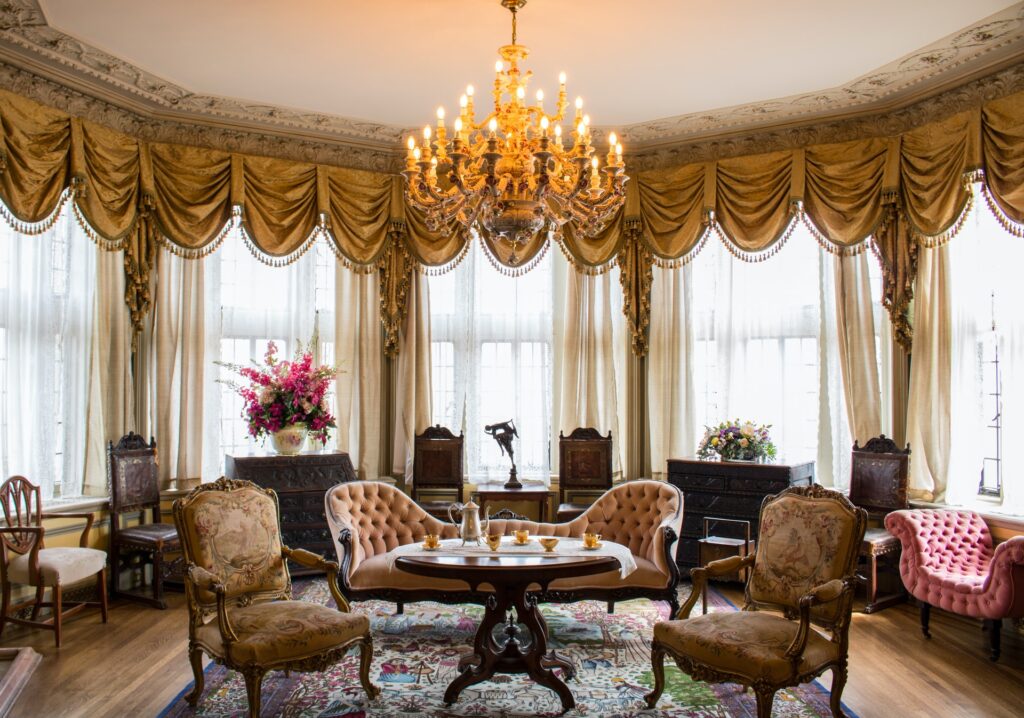


There’s something about old wooden furniture which can really make a place home, especially if it’s a family heirloom. A dark European oak writing table in the living room, a mahogany table reflecting the sunlight in the dining room, a too-comfortable-to-get-out-of teak wood bed. However, as beautiful as your grandmother’s antique wooden armoire is, it is likely just as susceptible to damage of all kinds.
This, of course, varies from one piece of furniture to another and, more importantly, one type of wood to another. There are hardwoods and softwoods and there are those in-between, like oak, and each offers different benefits. Also, each one needs to be fixed up differently. The benefits of teak wood, for example, are that it’s very resistant to damage caused by all sorts of bugs, like termites. In addition, it’s better at bearing the effects of weather and it ages into a beautiful dark colour over time!
We have exclusive seven hacks to save your favourite piece of furniture!
1. Invest in the right wood for right Furniture



That being said, you should know what you’re buying and why you’re buying. Think ahead! It’s best if you have options in the first place and if you know what you’re buying the furniture for. As we have said, when it comes to outside decor, teak wood is one of the best wood for furniture making. It’s so durable against moisture that it was used to build boats for over two thousand years.
Of course, oak is pretty good for the outside, too, as is Merbau or, as it’s also known, Kwila wood! Both of these have shown excellent, top-notch durability.
However, these are all hardwoods (or, again, semi-hard woods, in the case of oak!) and some people prefer softwood furniture instead. If that’s the case, the Western Red Cedar is beautiful and pretty durable, all in all. Mahogany also has a wonderful look and is one of the best for making things like chairs and beds.
2. Prevent Damage: Clean Your Furniture regularly
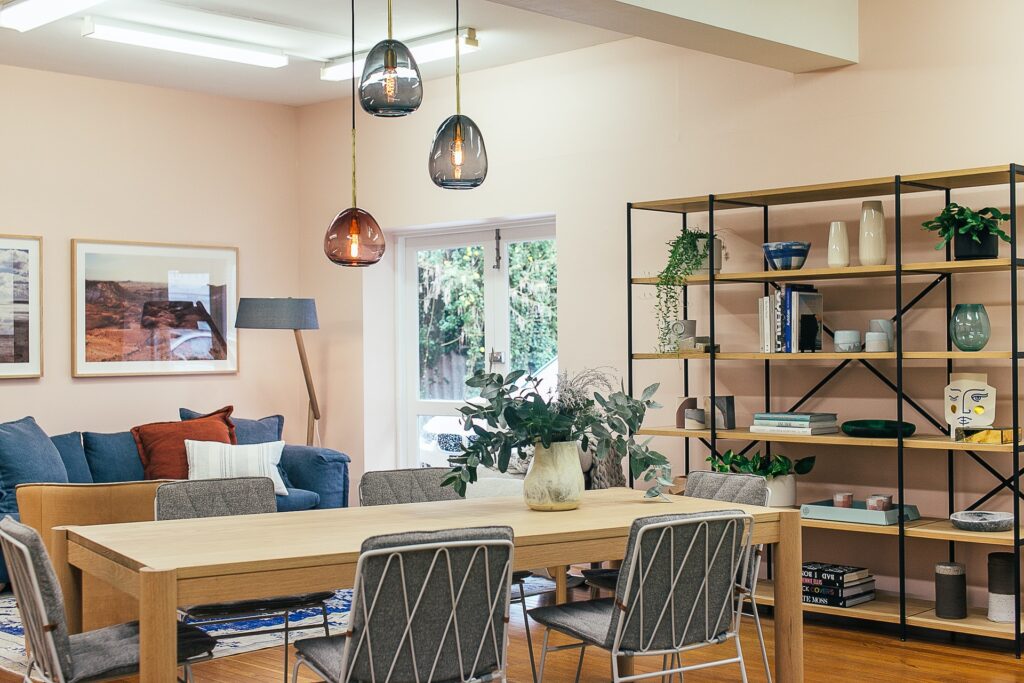


It’s just as important to prevent damage as it is to fix it and it’s a whole lot easier, too. Cleaning your furniture often, with the right tools and supplies, can do wonders. There are a bunch of cleaning products out there which are made especially for sensitive wooden furniture. Removing dust can prevent most surface damage. In addition, removing grime and dust from the hinges prevents them from rusting and falling apart. Also, you can always add a fresh coat of polish on, too, just in case.
3. Cover your Furniture
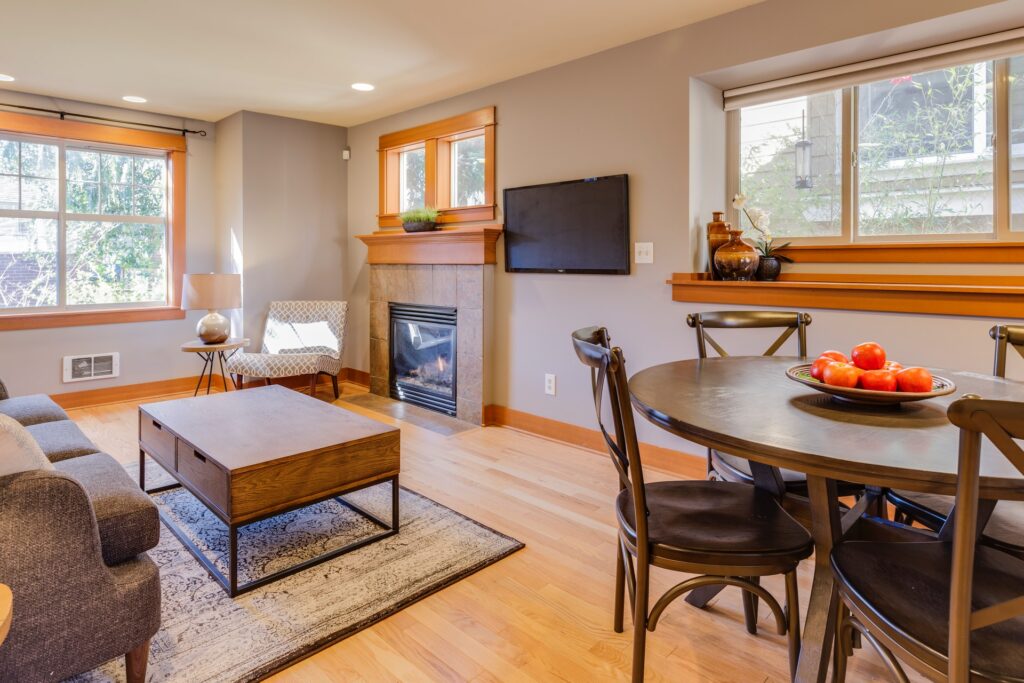


If you are intending to keep items on top of the furniture, cover the surface with a tablecloth. If you’re not really using a piece of furniture, maybe putting it in storage is the best. Take it apart, if you can, as this lowers the chances of things bumping into it. You’ll also want to cover it with something, a light texture that can breathe easily. If you are storing it, don’t do so directly on the ground.
Things spill or places flood, and then your furniture is damaged, the exact thing you were trying to avoid. Therefore, put down some planks, plastic, or else put it atop some other firmer items.
If you’re not storing it, however, try not to keep uncovered furniture in the direct sun. It might pale if it’s there for too long. Anyways, if this happens, the solution is fairly easy.
4. Paint it with quality material
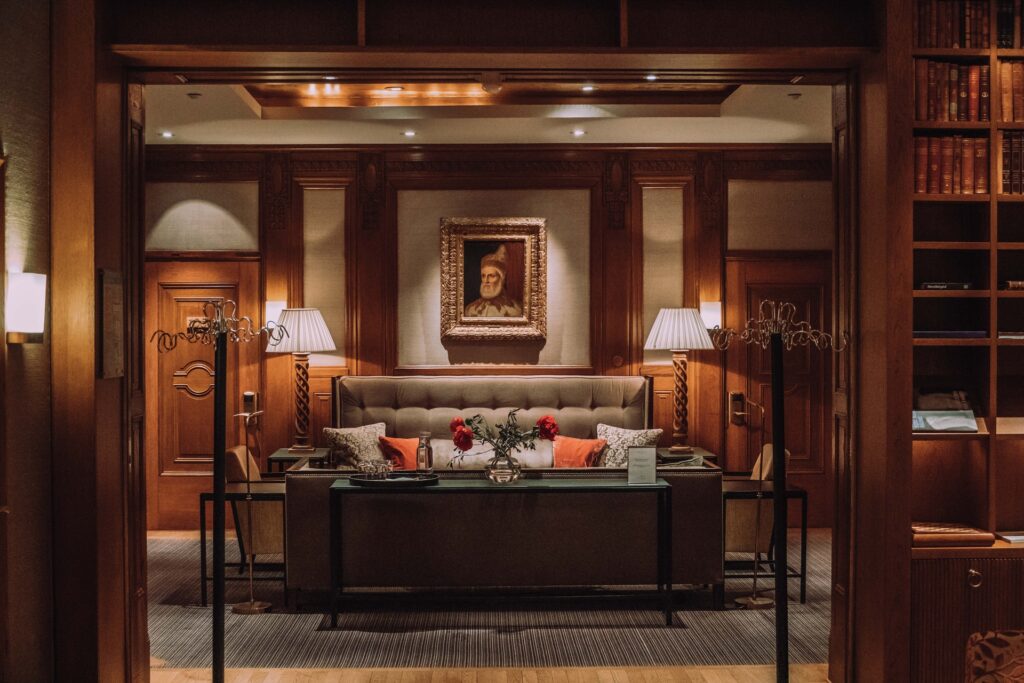


Try adding a good coat of paint. No, really! Sometimes a good coat of paint — and maybe some wax — will get the job done. Surface and even deeper scratches or discolouration may get hidden with good colour selection. Simply fill in the cracks and paint it over. Admittedly, if you want to do this truly right, it’s a little more complex than just grabbing a brush.
The proper way to paint wooden furniture can be a bit of a long process, but it’s definitely worth it! What you’ll do first is strip away the old layers. You’ll need a chemical or wax stripper and a stripping tool. Don’t worry you can find this in your local hardware or DIY store. They know exactly what you need!
This is best done either outside and always with a mask! After applying the chemical, leave it alone for thirty minutes. By then, the finish will begin to strip away. Then, using your tool and gloves, strip the layers away! This should take one try, but you might need to do it again.
After this, either paint it into whatever your heart desires! You might want it to look like natural wood, or you want it to fit in your living room scheme. Go crazy. Just remember to add on vax and a finish and to stay safe!
5. Undertake Protection of the timber
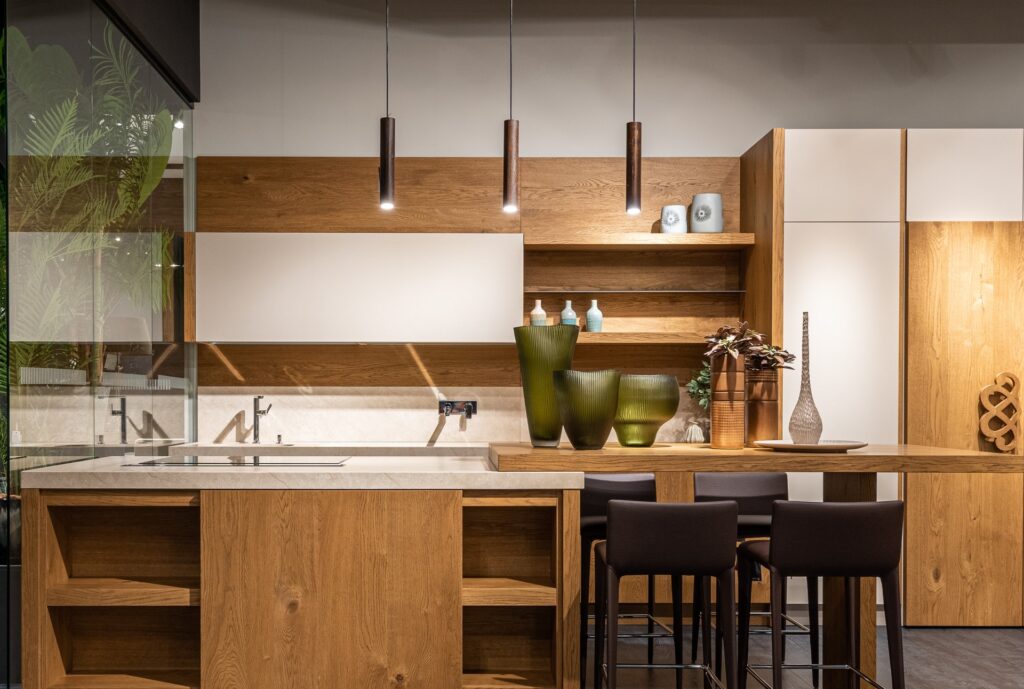


Aside from things like tablecloths on surfaces and using sheets to cover stored furniture, there are other measures, too. For one, varnish, wax, and finish are not the only chemicals out there meant to protect and enhance the wood. You can apply protection by using other products, too. One of these products is called marine-based polyurethane, and technicians use it on boats and ships. This is a way to protect the wood and metal from things like salt- and water-caused corroding and rusting. It doesn’t mean that we cannot use it in other non-boat places, too. Protection methods are really good for outdoor furniture but also for any indoor wooden surfaces, which you want to keep safe from things like water spills.
6. Get an Expert



Above all, you can hire some expert or consultant to help you. Truth be told you probably cannot do everything on your own. Some scratches are too deep, some projects too big, too complex, too time-consuming. There are many experts, who have dedicated their entire lives to learning how to restore antique and new wooden furniture alike. They’ve got the skills, the time, and the best tools for the job.
7. Upcycle your Furniture!
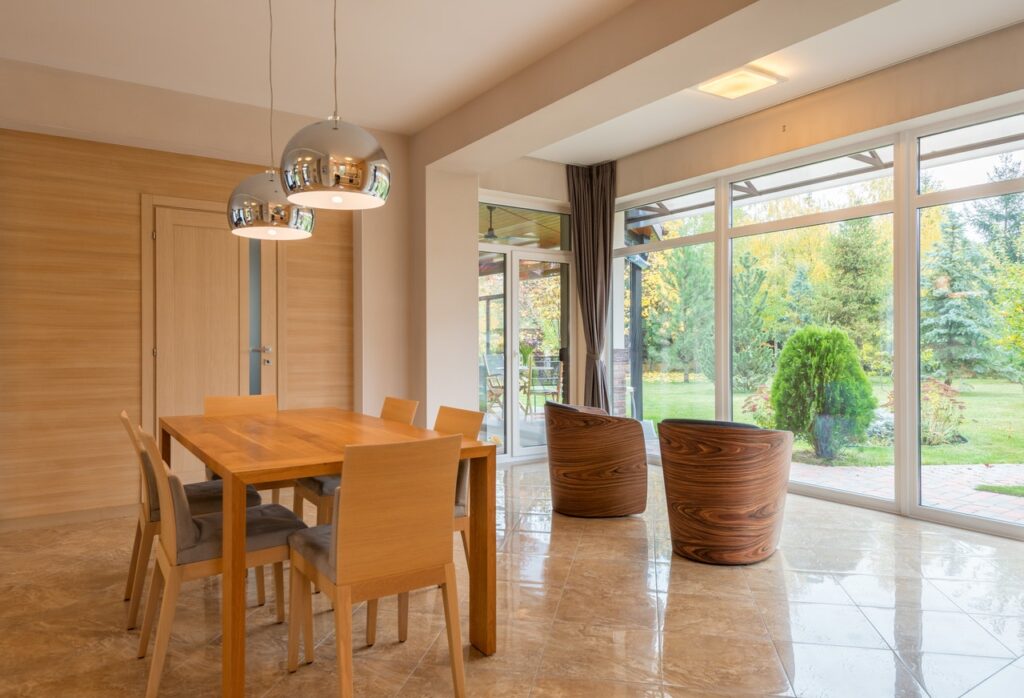


Finally, sometimes a piece of furniture has done its job. The repairs necessary are either too big, or too costly, or the effort simply isn’t worth it. Maybe it’s time to upcycle your antique piece. Upcycling, also known as creative reuse, is basically just using old things in new ways. Sure, repainting and redoing your furniture is also upcycling! But, an older cabinet might make a great new table or a nightstand. You could turn a desk upside down and repurpose it to partially store and place, or to lounge, sit and enjoy a morning cup of coffee.
Either way, best of luck with your project!
